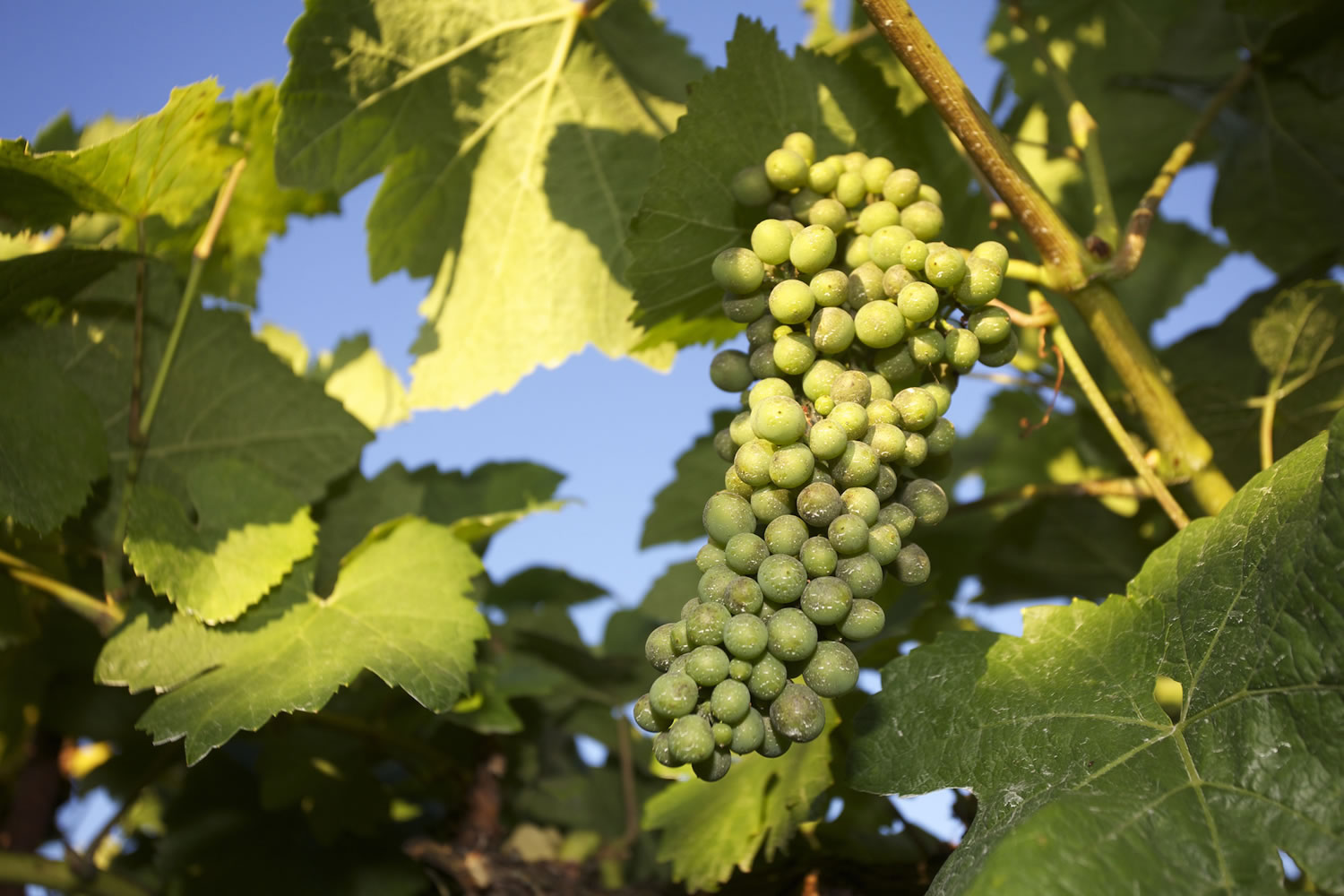Professionals with knowledge and expertise who can save a landowner from costly mistakes.
Growing degree days, or GDD, is a formula for the number of days above 50 degrees during a region’s growing season. Clark County is about 1,800 GDD.
Wine grape varieties:
• 1,650 GDD: Siegerrebe, Madeleine Angevine, Burmunk
Iskorka, Muscat of Norway, Rondo
• 1,651 to 1,900 GDD
Chardonnay, Auxerrois, Kerner,
Sylvaner, Pinot noir
Regent, Garanoir
Agria, Leon Millot
Cocktail napkin numbers:
• 8 to 12 pounds: amount of fruit that a mature grapevine can yield, depending on the variety and year
• 12,000 to 18,000 pounds: amount of grapes an acre could produce with 1,500 vines planted
• 11 to 12 pounds: amount of grapes needed to produce a gallon of wine
• 1,000 to 1,500 gallons: amount of wine that an acre could produce
• 43,849: acres of vineyards in production in Washington
• $2.6 billion: retail value of Washington wine
Sources: Information compiled from Michelle Moyer, assistant professor, Washington State University Prosser; Charles Brun, horticulture adviser, Washington State University extension; and Washington State Wine Commission



